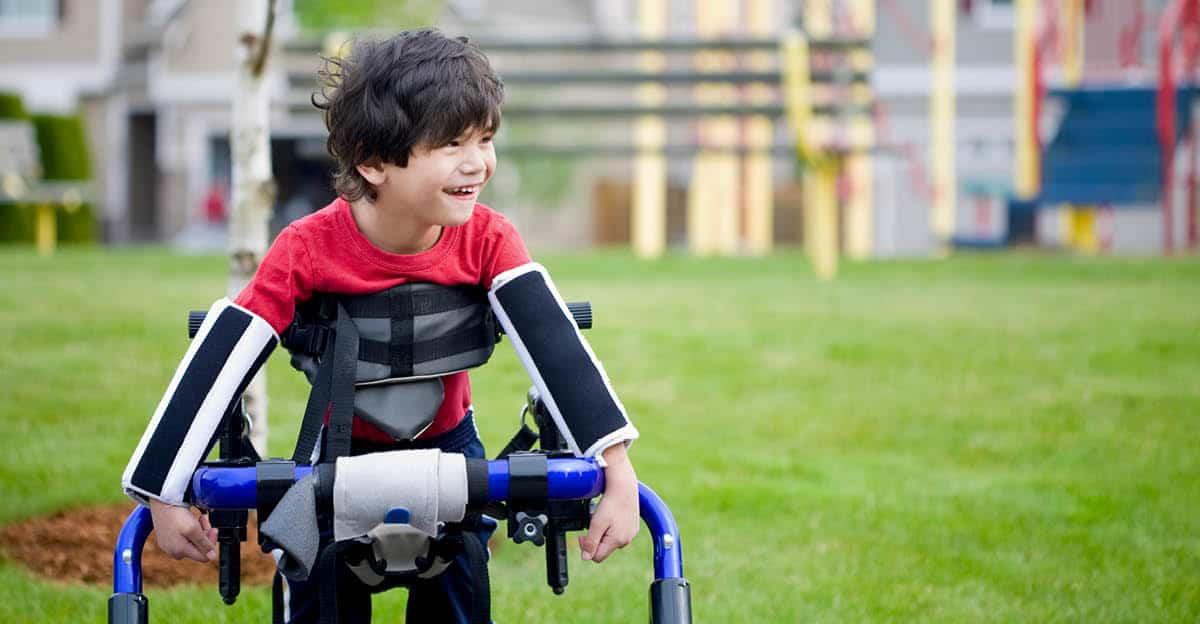What two main approaches are needed for effective learning in diverse classrooms?
Differentiation and Universal Design
What are accommodations-changes focused on?
Teaching, assessment, evaluation, and support, benefiting the whole class
What does adapting the INPUT mean?
Changing how instruction is delivered to the learner, like using different visual aids, providing hands-on activities, etc.
What does adapting the SIZE involve?
Changing the number of items a learner must learn or complete, like reducing social studies terms.
What is an OUTPUT accommodation for a student with dyslexia?
Allowing a dyslexic student to provide oral responses instead of writing them.
How does differentiation work?
Tailoring goals, materials, and assessments to individual student needs within the curriculum.
What are some examples of accommodations-changes?
Environmental adjustments, time modifications, and different presentation formats
How could you adapt OUTPUT for a student?
Allows students to respond to instruction in different ways, like verbally instead of written, or using hands-on materials to demonstrate knowledge.
How can you adapt the PARTICIPATION LEVEL?
Changing how actively involved a learner is, like having one student hold a globe while others point to locations.
How might you adapt TIME for a student with ADHD?
Give additional time for assignments, frequent breaks, and divide work into smaller chunks.
What's the goal of Universal Design?
Creating materials and instruction accessible to everyone, minimizing adaptations.
What are modifications-changes focused on?
The content and expectations, making them different from the student's age/grade level
What does adapting the TIME involve?
Changing the amount of time allowed for learning, task completion, or testing, like individualizing timelines.
What are ALTERNATE GOALS?
Alternate goals adapt outcomes while using the same materials, like some students locating states while others learn capitals.
What is an example of adapting DIFFICULTY in reading?
Providing text-to-speech, summaries of key ideas, or simplified vocabulary.
What are the three types of accommodations for student success?
Representation, Expression, Engagement
What's the main objective of modifications-changes?
Active participation for all students
How can you adapt DIFFICULTY?
Changing the skill level, problem type, or rules on how a learner approaches work, like allowing calculators or simplifying directions.
What is PARALLEL CURRICULUM?
Provides alternate instruction and materials to meet individual learner goals.
How could you adapt PARTICIPATION for shyer students?
Have them work with a partner or small group first before speaking to the whole class.
How do adaptations and modifications differ?
Adaptations maintain learning standards with different paths, while modifications lower standards and require specific assessments.
What's an example of a modification-change?
Reducing the number of math problems to facilitate understanding
What is an example of adapting SUPPORT?
Increasing personal assistance, like assigning peer buddies, tutors, or teaching assistants.
How can you adapt INPUT for visual learners?
Adapt input by using charts, diagrams, illustrations, storyboards, graphic organizers, etc.

What are some ALTERNATE GOALS in Physical Education?
Having some students work on motor skills with modified equipment while others play team sports.
